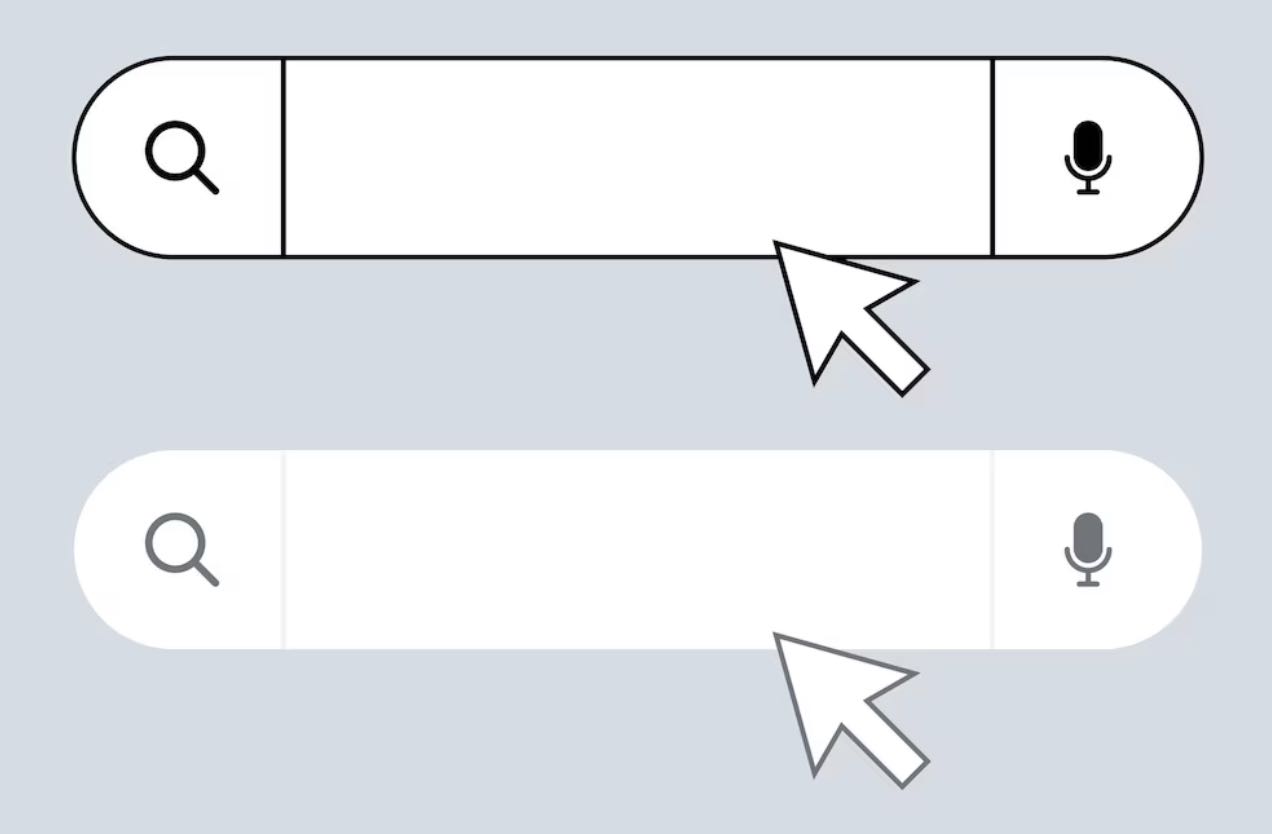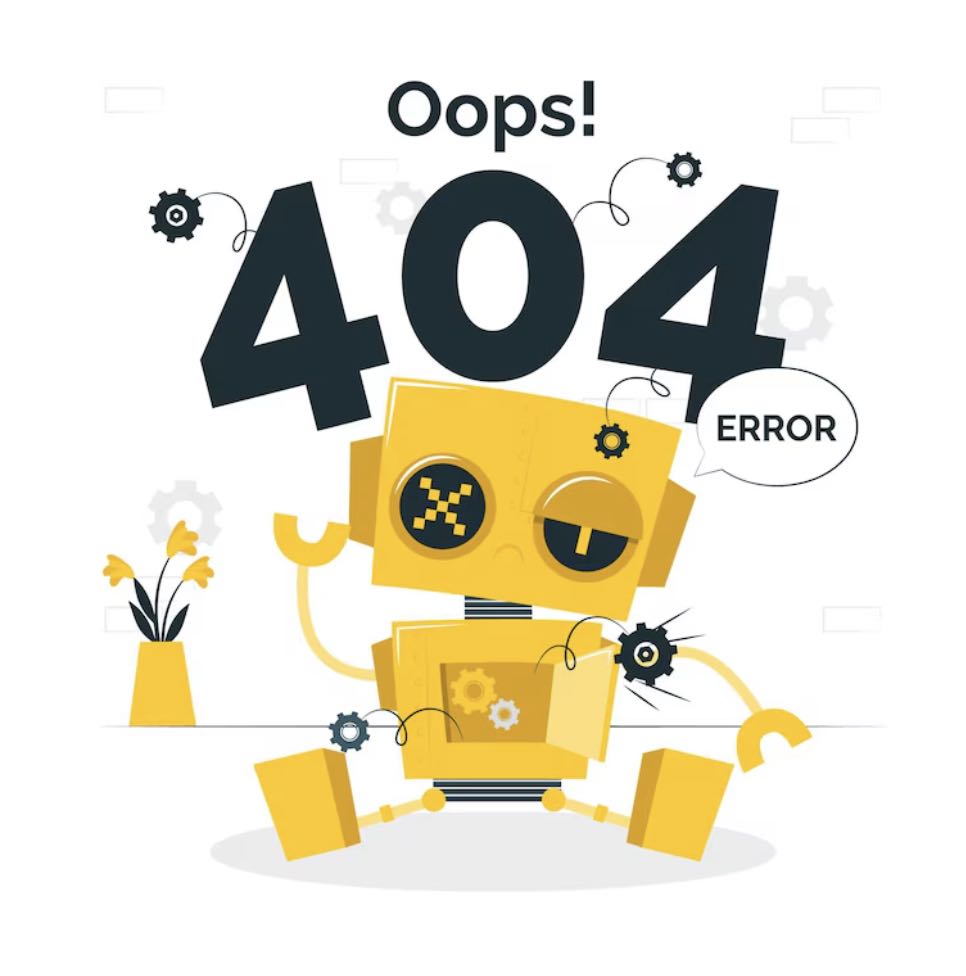
Table of Contents
- What is Google URL Shortener (goo.gl)?
- The Rise of Google URL Shortener: Why It’s Popular
- Reasons Behind Google URL Shortener Shutdown
- Google URL Shortener Shutdown Timeline
- Impact on Users and Developers
- How to Migrate from goo.gl Links: Step-by-Step Guide
- Frequently Asked Questions About Google URL Shortener Shutdown
- The Future of URL Shortening Services: How to Adapt to Change
- Conclusion
Share
In the digital age, URL shorteners have become an essential tool for turning long, complex web addresses into short, shareable links. This feature has become especially valuable for platforms with character limits like Twitter, as well as for email marketing campaigns and QR codes. Among the many services available, Google URL Shortener, also known as goo.gl, was one of the most popular tools for this purpose. However, Google has decided to shut down goo.gl by 2025, and Google URL Shortener links will no longer be available. This change has left many users wondering what this means for them and, more importantly, how they can adapt to avoid any disruption to their digital marketing strategies or daily usage. In this article, we will discuss why Google decided to shut down goo.gl, how this will affect users, and the best alternatives for the future.
What is Google URL Shortener (goo.gl)?
Launched in 2009, Google URL Shortener (commonly known by its goo.gl domain name) had the simple yet powerful function of converting long and complex URLs into short links. These short links made it easy for users to share on various platforms, especially in domains with strict character limits like X. Google’s service was easy to use and became the go-to URL shortener for many people thanks to its integration with various Google services.

The Rise of Google URL Shortener: Why It’s Popular
The simplicity of goo.gl made it incredibly accessible to all types of users, from casual consumers to professional marketers. Key features that contributed to its popularity include:
- Link Tracking: Goo.gl provided analytics that allowed users to track the performance of their shortened links. This was especially useful for marketers looking to measure click-through rates, users’ geographic locations, and other performance indicators.
- Improved Shareability: With its simple URL structure, goo.gl allowed people to easily share links via social media, emails, and even printed materials like QR codes.
- Seamless Integration with Google Services: Users could integrate goo.gl with Google Forms and other Google services for easy sharing and tracking.
Despite its success, as we will see, the URL shortening landscape began to change, eventually leading to its discontinuation.
Reasons Behind Google URL Shortener Shutdown
The announcement that the goo.gl shortener is shutting down came as a surprise to many, but the reasons behind the decision are based on a variety of strategic and market changes.
- Declining Usage: Over the years, demand for goo.gl has slowly diminished as new services with more robust features have emerged. Many users have started to opt for alternatives with more customization options and advanced analytics.
- Emergence of Alternatives: Competitors like Bitly, TinyURL, and Rebrandly have become more attractive, especially to businesses and marketers, by offering better customization options for branded links, deeper analytics, and integrations with third-party apps.
- Google's Shift in Focus: Google's move to Firebase Dynamic Links (FDL) played a major role in the decision to deprecate goo.gl. Firebase offers more advanced features and is better suited for app developers by offering deeper integration with mobile apps that goo.gl cannot.
Google URL Shortener Shutdown Timeline
Google has been phasing out goo.gl to give users time to adapt and transition. Here’s a closer look at the goo.gl shutdown timeline:
- 2018: Google announced the phasing out of the URL shortener, stating that the service would be limited to existing users only. Inexperienced users would no longer be able to create goo.gl links, but existing users’ links would still work.
- August 23, 2024: Google introduced transition page notifications. These notifications warn users that goo.gl links will soon be disabled.
- August 25, 2025: The goo.gl deadline has arrived. On this date, all goo.gl links will be disabled and will redirect to 404 error pages unless they are updated or redirected.
Impact on Users and Developers
The Google URL Shortener shutdown impacts both individual users and developers in a variety of ways. The loss of this service will require users to find a new tool to manage their shortened URLs and developers to adjust their linking systems.

For Users
For users who have shared goo.gl links over the years, it is important to understand that after August 25, 2025, existing goo.gl links will become invalid and result in a 404 error page. This can lead to significant user experience disruptions, especially if businesses or content creators still rely on old links for marketing campaigns, social media posts, or QR codes.
To avoid this, users should migrate to other shortening services beforehand.
For Developers
Developers who integrate Google link shortener into their websites or apps will need to find alternatives for setting up link tracking. Many apps depend on the ease of managing shortened URLs for user-facing features, and this change will force them to restructure their systems. This also includes migrating any stored data or analytics connected to the goo.gl service.
How to Migrate from goo.gl Links: Step-by-Step Guide
In order to preserve link functionality and analytics, it is necessary to migrate from goo.gl to a new URL shortening service. Here is a comprehensive guide to ensure a smooth transition:
1. Export Your goo.gl Link Data
The Google URL Shortener login allows you to access your account and download your link data before goo.gl links become inactive. Exporting this data will give you a record of all your long URL analytics and statistics, which can be important for future decision-making.
2. Consider Switching to Firebase Dynamic Links (FDL)
Google has recommended Firebase Dynamic Links (FDL) as an alternative for developers and advanced users. Firebase not only allows for simple URL shortening, but also allows for dynamic linking with deeper integration for mobile apps and web pages. For those who use goo.gl to shorten Google Form links, Firebase can continue this functionality with more advanced features.
3. Explore Alternative URL Shorteners
If Firebase doesn’t meet your needs, there are a few other alternatives you can consider, such as:
- Bitly: Known for its user-friendly interface and premium options for branded URLs.
- TinyURL: A simpler, no login required solution that works well for regular users.
- Rebrandly: Ideal for businesses that want to protect their brand with every shortened link.
Each of these options offers easy integration with other tools and powerful analytics, making them a great choice for marketers and developers.
Managing Post-Closing Notifications and 404 Errors
Starting August 23, 2024, users will see a crash notification when they try to visit goo.gl links. This warning page serves as a final reminder that the link will soon be unavailable.
To avoid broken links and 404 errors, businesses and individuals should update their goo.gl links on all platforms as soon as possible. Testing new links before the final cutoff date is crucial to ensuring a smooth transition and maintaining a positive user experience.

Frequently Asked Questions About Google URL Shortener Shutdown
Here are answers to some of the most frequently asked questions about the goo.gl shutdown:
1. How do I access my old goo.gl links?
You can log into your Google URL Shortener session to access your old link history until August 25, 2025.
2. What happens to links after August 25, 2025?
All links created using goo.gl will be disabled and will result in a 404 error. Make sure to update them with an alternative shortening service.
3. How do I shorten a Google Form link now?
You can use other services like Firebase Dynamic Links or Bitly to shorten Google Forms links and track their performance.
The Future of URL Shortening Services: How to Adapt to Change
With Google exiting the URL shortening game, many expect other services to grow in popularity. Services like Bitly, TinyURL, and Rebrandly are gaining ground due to their additional features like link branding and in-depth analytics. The shift toward more advanced services suggests that the future of URL shortening will likely focus on added value—customization, analytics, and deeper integration with marketing tools.
For digital marketers, content creators, and developers, staying up-to-date on URL shortening news and embracing new tools will be crucial to success.
Conclusion
The demise of Google URL Shortener (goo.gl) marks a significant shift in the world of digital marketing and link management. With services like Firebase Dynamic Links and other third-party URL shortening tools coming to the fore, businesses, marketers, and regular users alike will need to adapt quickly. By migrating your links to an alternative service and ensuring that your links are updated well before they go down, you can prevent your online sharing and marketing efforts from falling apart.
Stay ahead of the curve by discovering the right tools for your needs and staying tuned to URL shortening news for future updates.
“Writing is seeing the future.” Paul Valéry


